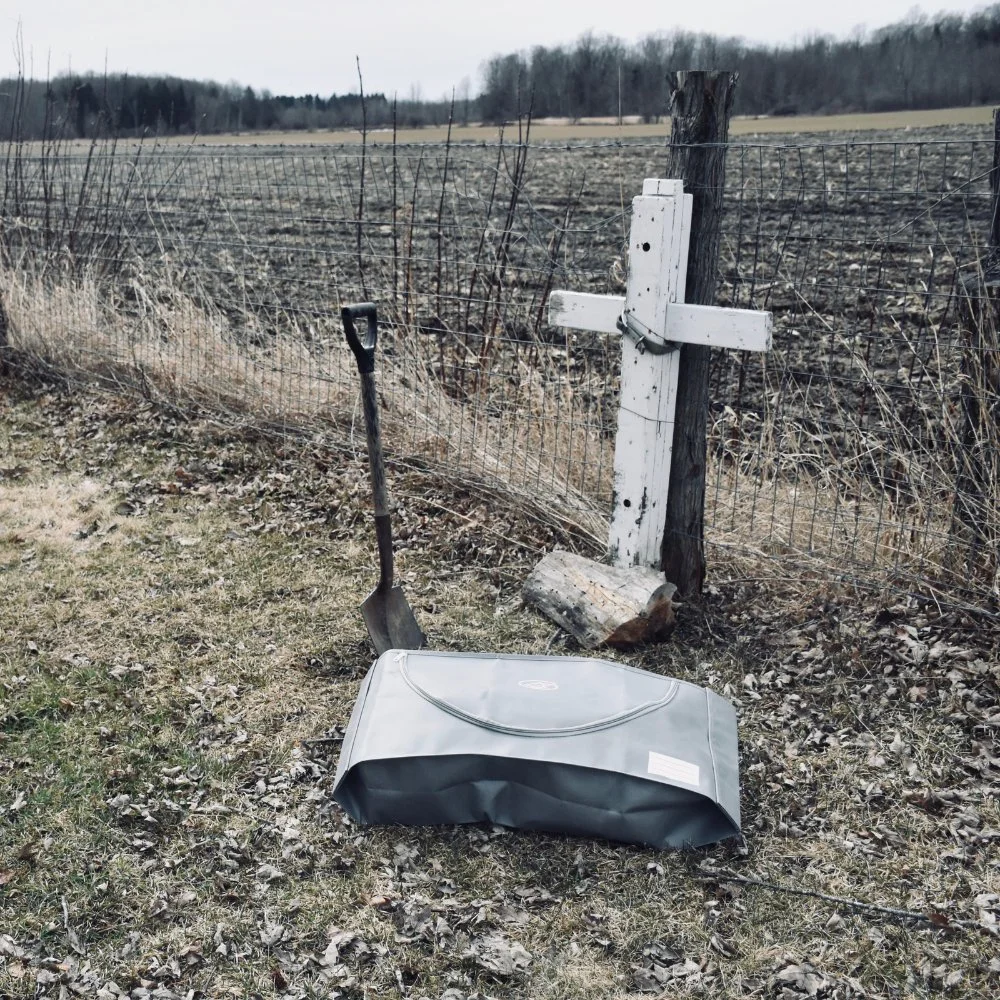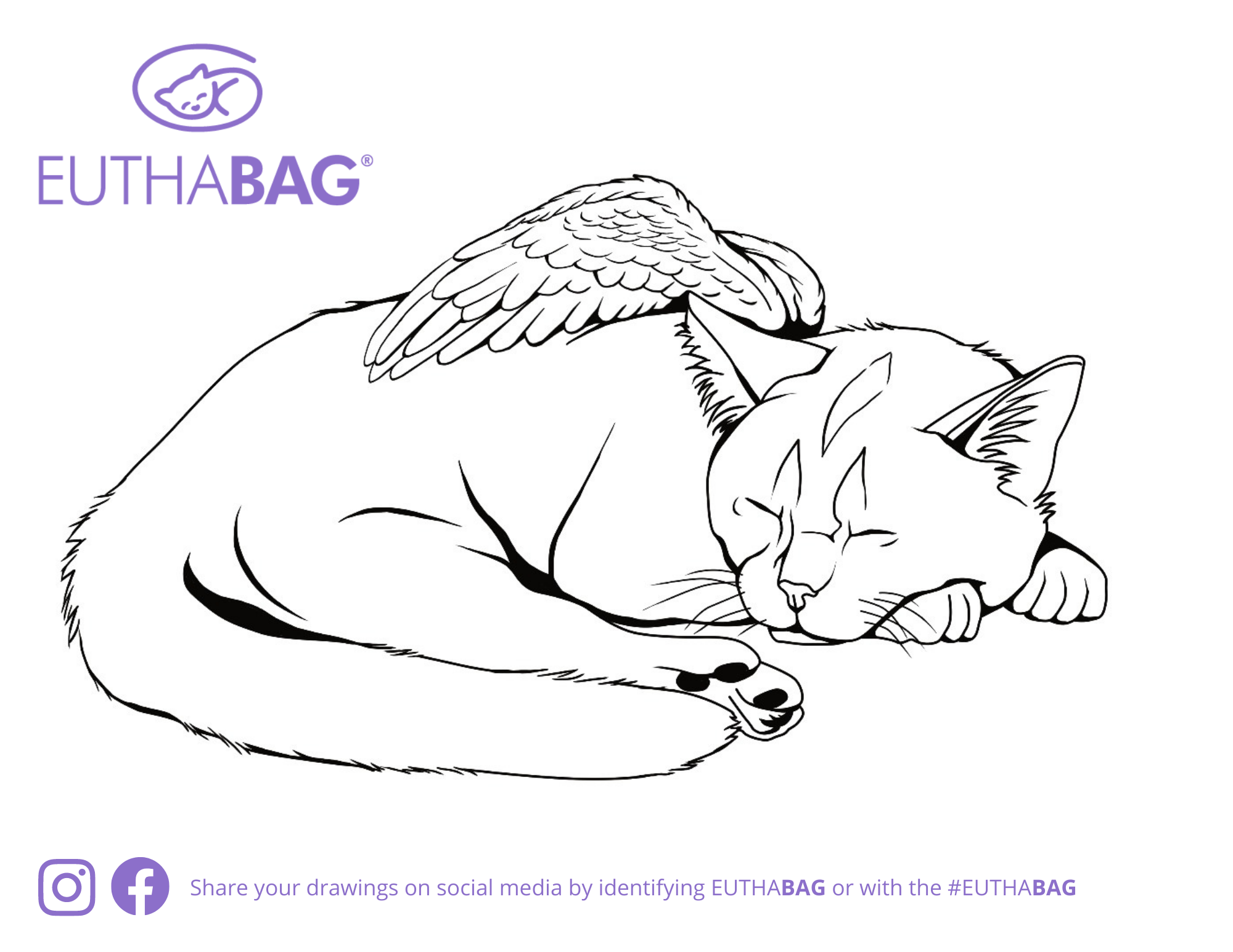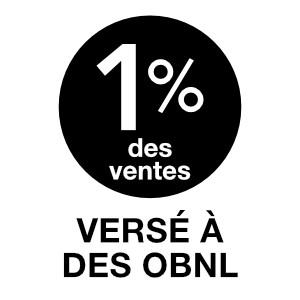HANDOUTS
How to bury a pet
Although in many regions, it’s not permitted to bury a pet at home (except on farms in some instances), some pet owners decide to do it anyway. Therefore, the documents below are useful to inform them on how to do it properly. In Quebec, it is prohibited to bury an animal in an unauthorized place. In the rest of Canada, the regulations vary, so check with the municipality.
The AVMA 2020 Euthanasia Guidelines are very clear on the veterinarian's liability:
"Serious repercussions may occur when veterinary health professionals who should be well informed about the necessity for proper disposal of animal remains, fail to provide it or fail to inform their clients how to provide it. Cases of suspected wildlife death from animal remains containing pentobarbital are investigated by the regional US Fish and Wildlife Service law enforcement office. Animal remains containing pentobarbital are potentially poisonous for scavenging wildlife, including birds of prey, carnivorous mammals, and domestic dogs. Federal laws protecting many of these species apply to secondary poisoning from animal remains that contain pentobarbital and may carry civil and criminal penalties, with fines up to $500,000 and incarceration for up to 2 years."
Pain Scales
BEAP pain scale - To help pet owners detect and understand how pain shows in their animal. Nicely illustrated, from Dr Shea Cox from Pethospice.com.
The Feline Grimace Scale pdf and free app (A tool developed by a team of University of Montreal)
Poems
IF IT SHOULD BE: We've highlighted this poem, as it was wonderfully designed to help clients and the veterinary team deal with any guilt they may be experiencing. It can also be given before euthanasia to help clients with their grief or to help them make the right decision at the right time.
WHEN TO EUTHANIZE A PET: a nice tool for families to assess when to choose the moment, by Andy Roark, DVM.
Children and grief
Children and Pet Loss: Tips for discussing the loss of a pet with your children and help them cope with their grief. We have a document to help parents prepare their child(ren) for this ordeal. It is available exclusively for EUTHABAG users. Request it here.
Helping Children Cope with the Serious Illness or Death of a Companion Animal: a handout for families by the Honoring the bond program from University of Ohio.
Colouring pages: Our series of colouring pages can help children prepare a ritual. They are available exclusively for EUTHABAG users. Offer this prior to the discussion with the owners, to help distract children and give them an opportunity to say good-bye to their best friend. Request them here.
Quality of life questionnaires
Something to bring home for families to help evaluate the families quality of life of the pet AND his family:
HOW DO I KNOW WHEN IT’S TIME? - A great tool for families so they can talk about it with their family. From University of Ohio state.
THE QUALITY OF LIFE ASSESSMENT FOR THE FAMILY - By the EUTHABAG team.
FAQ’s & other
EUTHABAG USER TRAINING GUIDE
Learn everything about our bags and how to use them HERE.
EUTHANASIA CONSENT FORM
Euthanasia Consent Form to download and complete with your clinic’s information.
End-of-life Care For Pets FAQ’s
A thorough explanation to clients on what they can expect and the options they have to choose from, after their pet has passed.
















